Assessing Fire Damage To Trees: Tips On Repairing Burnt Trees
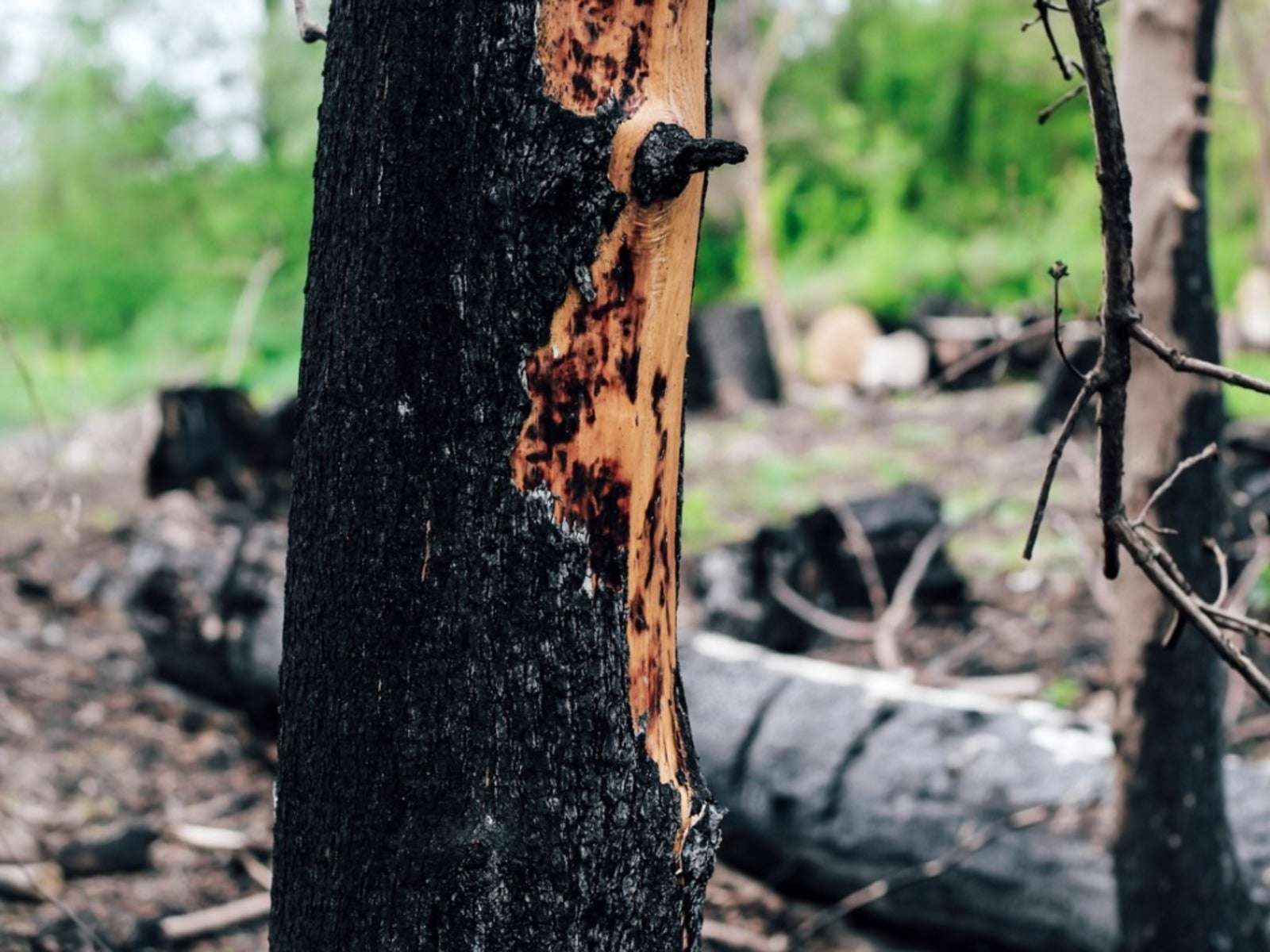

If your yard has trees damaged by fire, you may be able to save some of the trees. You’ll want to start helping fire damaged trees as quickly as possible, once you eliminate those trees that could fall on people or property. Read on for information about fire damage to trees.
Fire Damage to Trees
Fire can damage and even kill trees in your backyard. The extent of the damage depends on how hot and how long the fire burned. It also depends on the type of tree, the time of year the fire occurred, and how close the trees were planted.
An out-of-control fire can damage trees in your yard in various ways. It can completely or partially consume them, dry them out and scorch them, or simply singe them.
Many trees damaged by fire can recover, given your help. This is particularly true if the trees were dormant when they were injured. The first thing to do, even before you start helping fire damaged trees, is to determine the ones that need to be removed.
Removing Trees Damaged by Fire
If a tree has been so damaged that it is likely to fall, you will have to think about removing that tree. Sometimes it is easy to tell if fire damage to trees requires their removal, sometimes more difficult.
A tree is a hazard if the fire caused structural defects in the tree likely to cause all or part of it to fall. It is even more important to remove it if it could strike a person or some property beneath it when it falls, like a building, an electric line, or a picnic table. There is no point in repairing burnt trees if they are hazardous to people or property.
If severely burned trees are not located near property or an area people pass, you might be able to afford an attempt at repairing burnt trees. The first thing you want to do when you are helping fire damaged trees is to give them water.
Gardening tips, videos, info and more delivered right to your inbox!
Sign up for the Gardening Know How newsletter today and receive a free copy of our e-book "How to Grow Delicious Tomatoes".
Repairing Burnt Trees
A fire dries out trees, including their roots. When you are helping fire damaged trees, you must keep the soil beneath the trees moist at all times during the growing season. Water-absorbing tree roots are located in the top foot (31 cm.) or so of soil. Plan on soaking the entire area under the tree – dripline to branch tips – to a depth of 15 inches (38 cm.).
To accomplish this, you’ll have to offer water slowly. You can lay the hose on the ground and let it run slowly, or else invest in a soaker hose. Dig down to be sure the water is seeping into the soil where the tree needs it.
You’ll also want to protect your wounded trees from sunburn. The now burned canopy used to do that for the tree. Until it grows back, wrap the trunks and major limbs in light colored cloth, cardboard, or tree wrap. Alternatively, you can apply a water-based white paint.
Once spring comes, you can tell which branches are live and which are not by spring growth or lack of it. At that time, prune off dead tree limbs.

Teo Spengler is a master gardener and a docent at the San Francisco Botanical Garden, where she hosts public tours. She has studied horticulture and written about nature, trees, plants, and gardening for more than two decades. Her extended family includes some 30 houseplants and hundreds of outdoor plants, including 250 trees, which are her main passion. Spengler currently splits her life between San Francisco and the French Basque Country, though she was raised in Alaska, giving her experience of gardening in a range of climates.
-
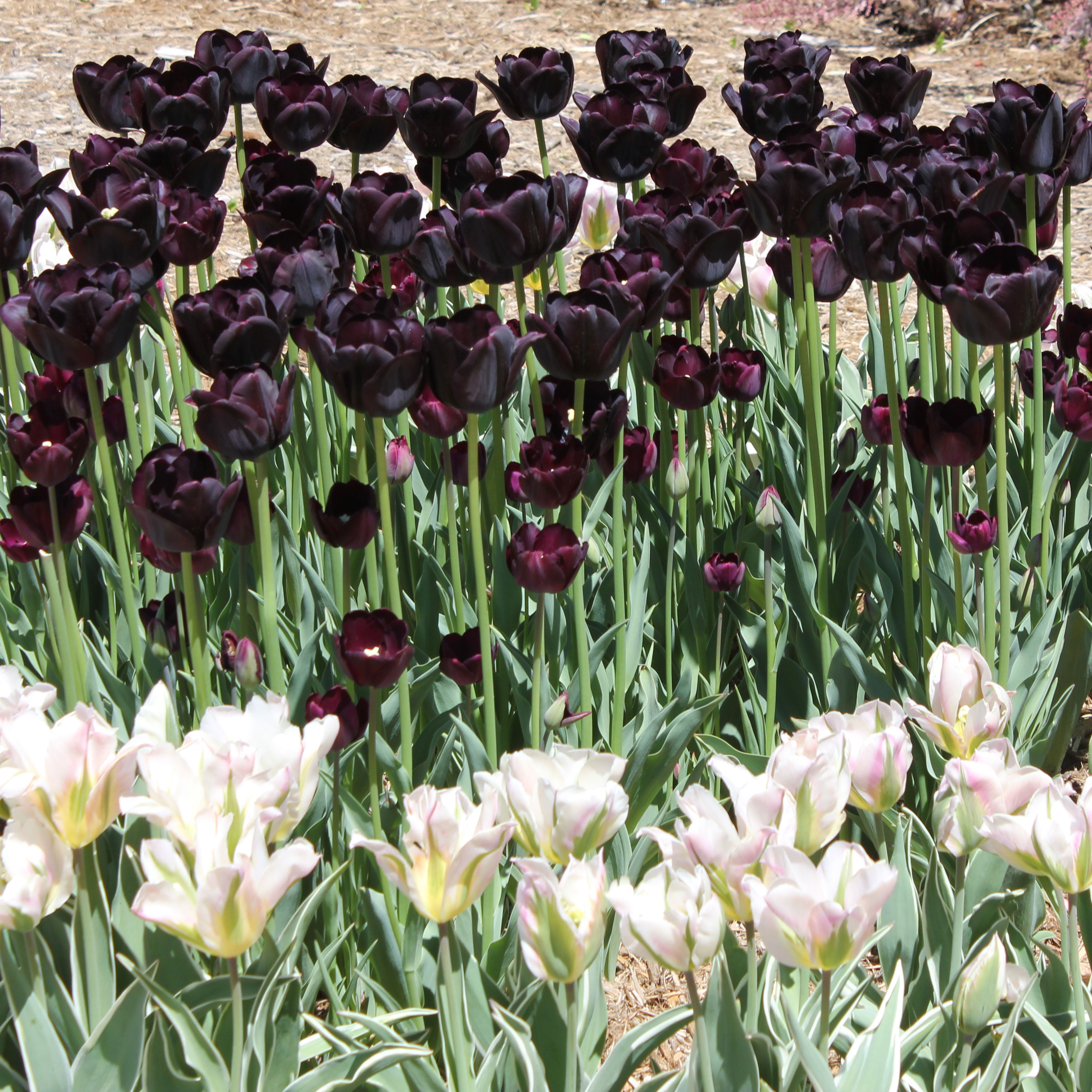 Moody Blooms For Spring: 8 Types Of Black Flowers To Add Drama To Spring Displays
Moody Blooms For Spring: 8 Types Of Black Flowers To Add Drama To Spring DisplaysFrom midnight burgundies to inky violets, several types of black flowers can enrich and embolden a spring display. Try these brooding bloomers for a moody garden
By Tonya Barnett
-
 Can Snake Plants Live Outside? Everything You Need To Know For Snake Plants Al Fresco
Can Snake Plants Live Outside? Everything You Need To Know For Snake Plants Al FrescoSnake plants can live outside given the right conditions, but be careful that they don't take over! Learn the best way to use snake plants in your landscape.
By Mary Ellen Ellis
-
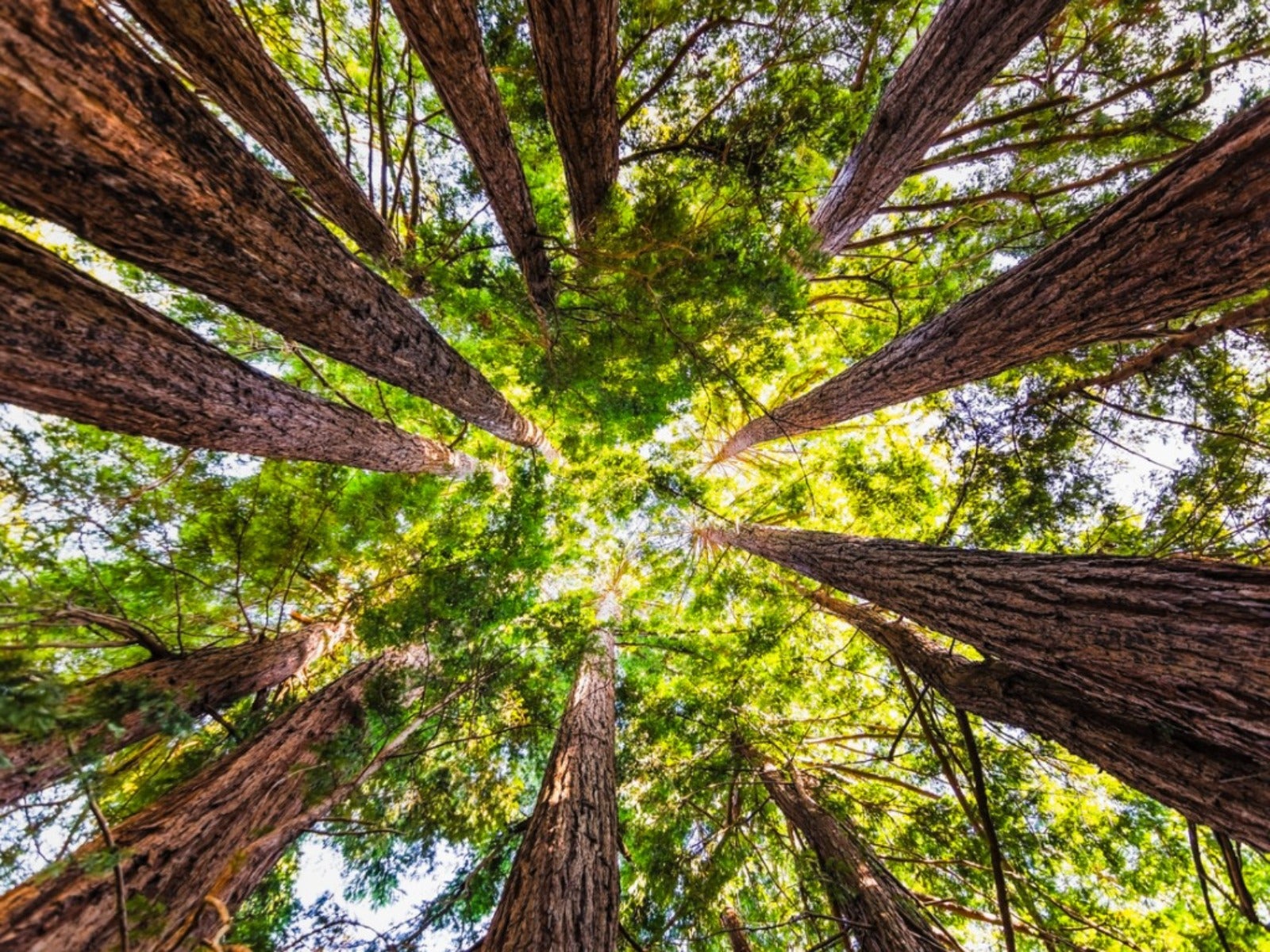 Best Trees For Carbon Sequestration And Climate Change
Best Trees For Carbon Sequestration And Climate ChangeLet’s keep planting trees. They are our best bet for capturing carbon and may help with our global warming issues.
By Teo Spengler
-
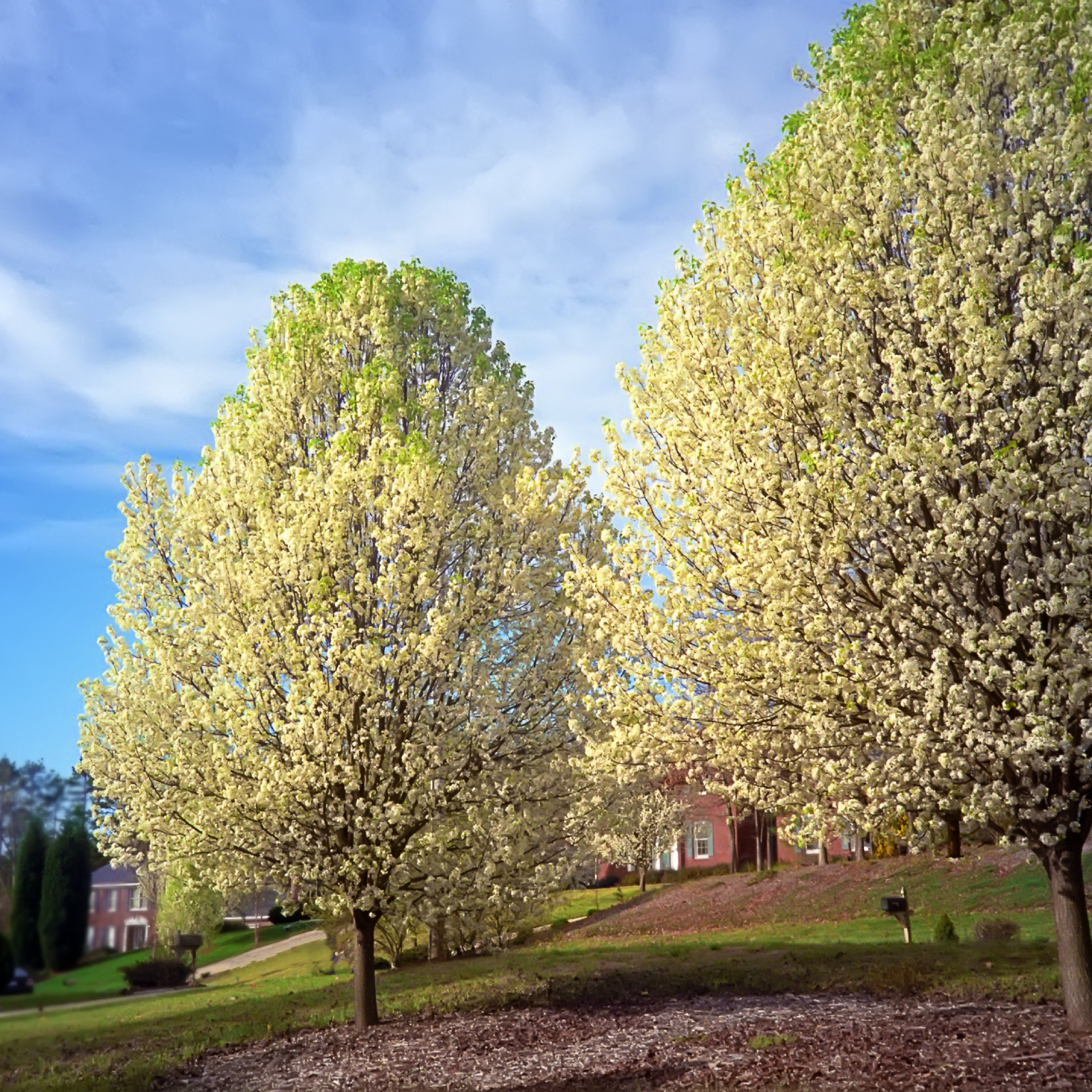 7 Invasive Trees You Should Never Plant In Your Yard Or Garden
7 Invasive Trees You Should Never Plant In Your Yard Or GardenWhat are some invasive trees you should never plant in your yard? Click here to find out.
By Teo Spengler
-
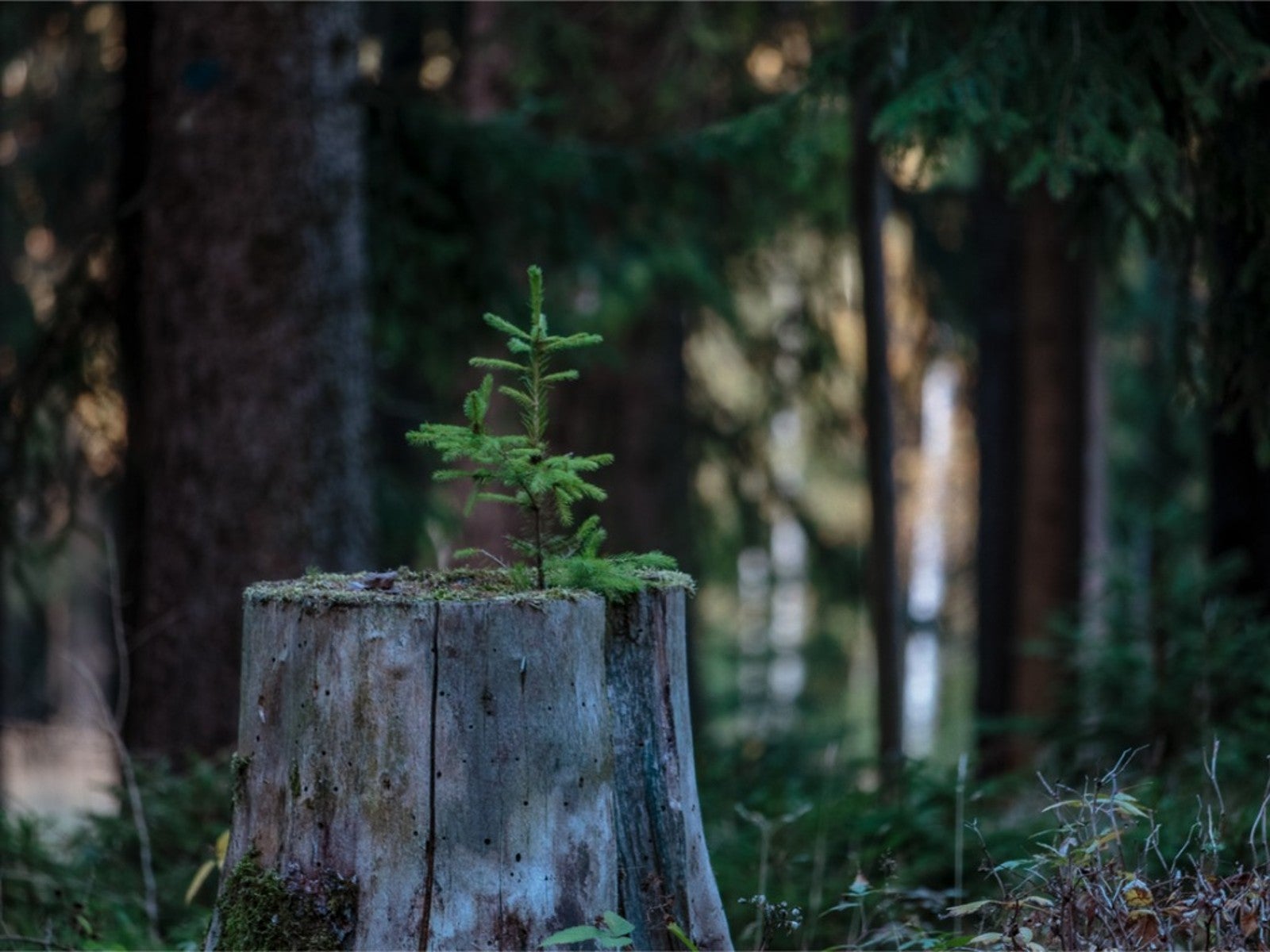 How Close Can You Plant A Tree To A Stump?
How Close Can You Plant A Tree To A Stump?Looking to plant new trees near old stumps or where stumps have been removed? Click here to learn how.
By Teo Spengler
-
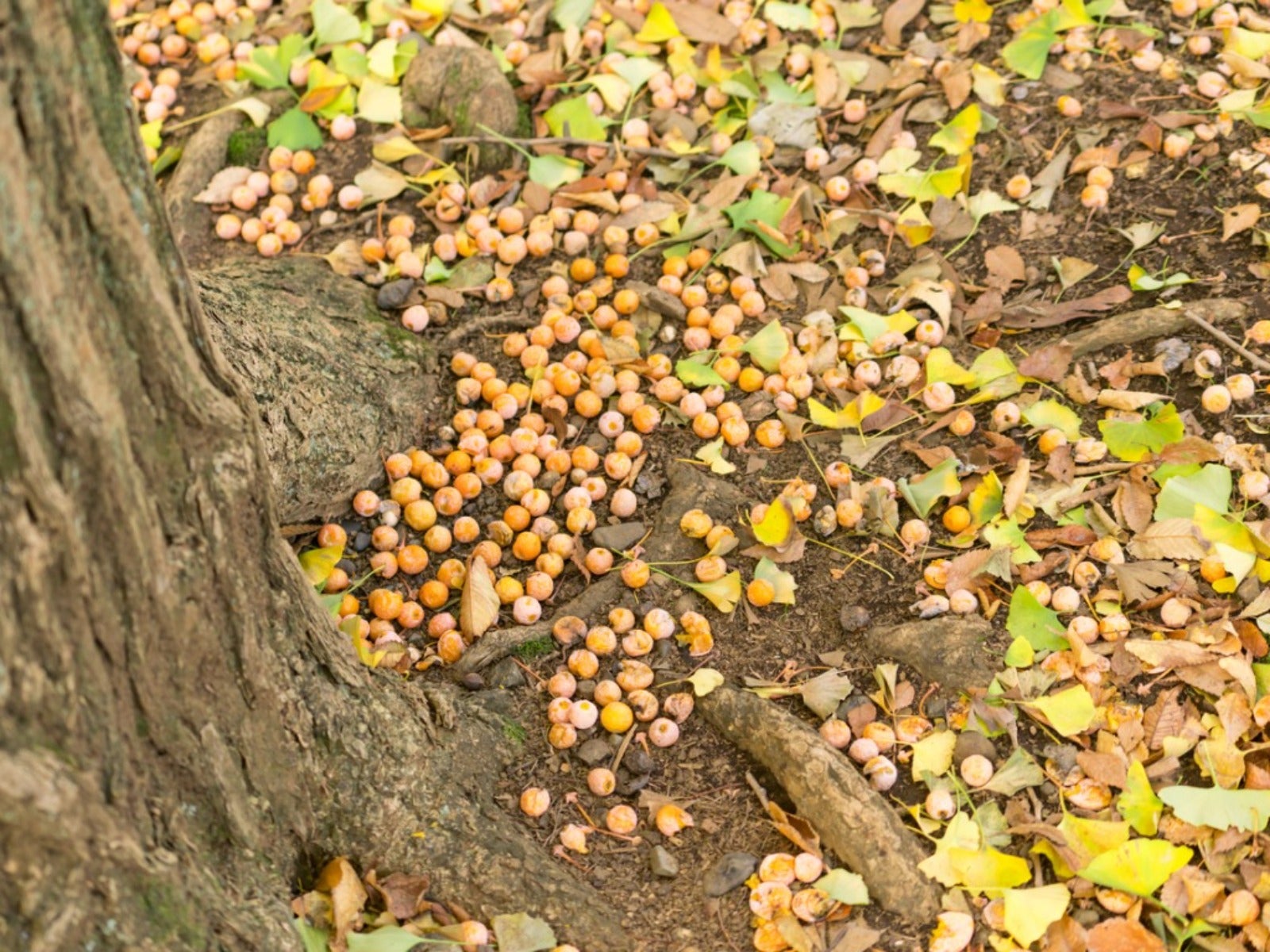 Messiest Trees That Drop Debris Everywhere
Messiest Trees That Drop Debris EverywhereWant to know which trees will create the biggest messes in your home landscape? Click here to find out.
By Amy Grant
-
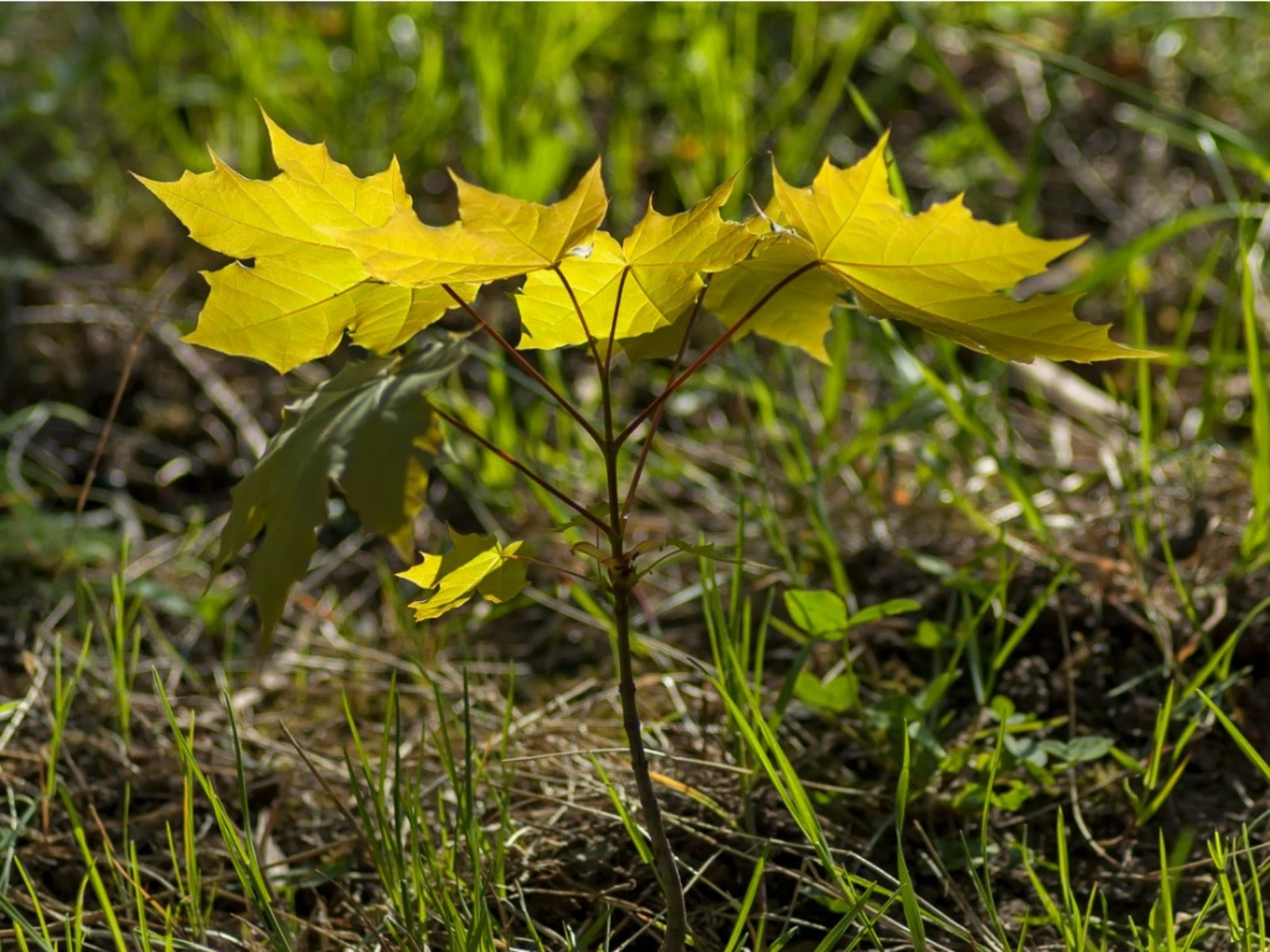 How To Get Rid Of Tree Sprouts In The Yard From Nearby Trees
How To Get Rid Of Tree Sprouts In The Yard From Nearby TreesLearn the simple way to keep pesky tree seedlings in your lawn from becoming saplings.
By Teo Spengler
-
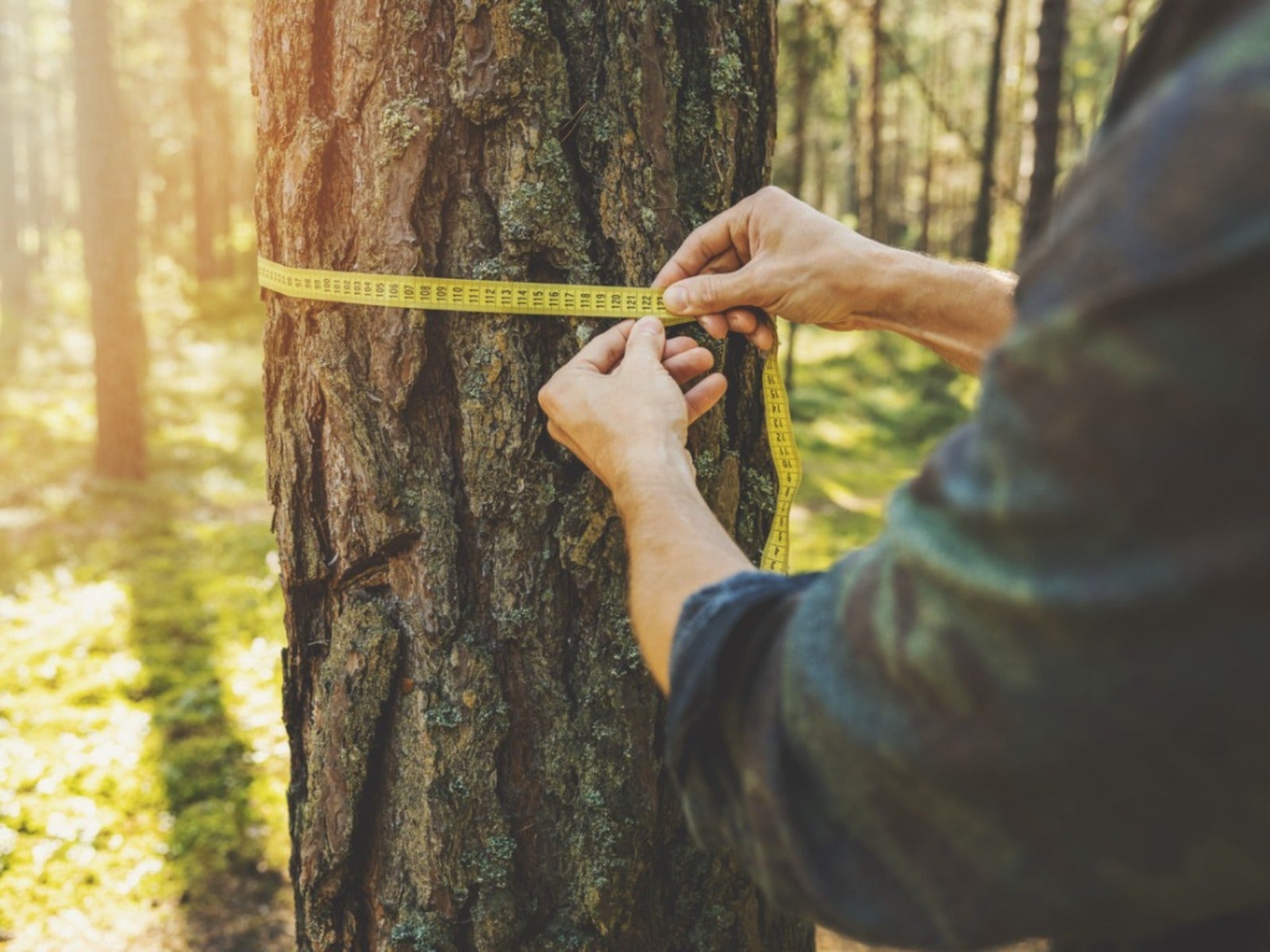 How To Tell How Old A Tree Is
How To Tell How Old A Tree IsEver wondered how to calculate the age of a tree? Click here to learn all about it.
By Teo Spengler
-
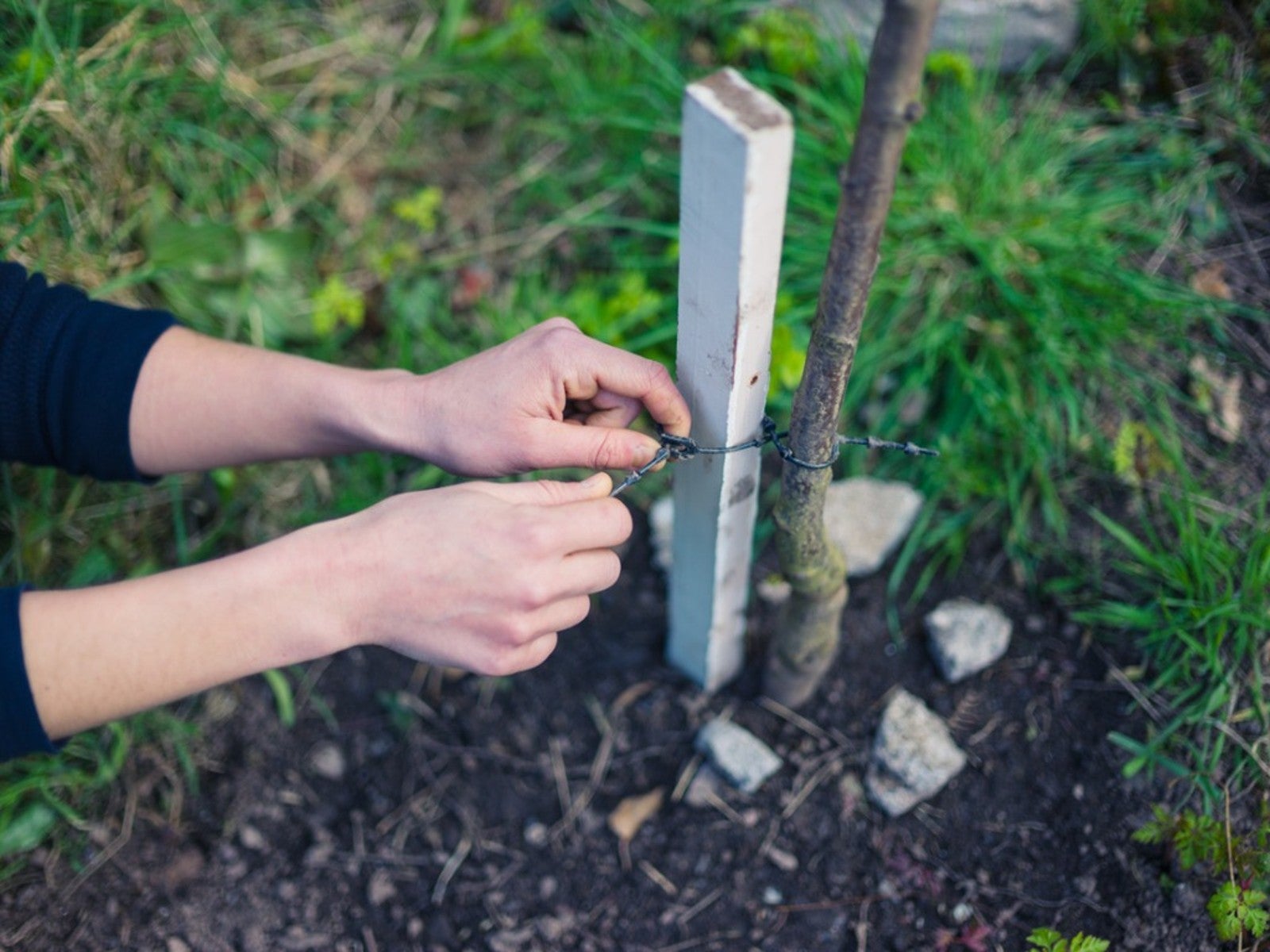 When To Remove Tree Stakes From Saplings
When To Remove Tree Stakes From SaplingsA newly planted tree may grow strong when it’s staked, but don’t forget to remove the stakes when it’s stable.
By Teo Spengler
-
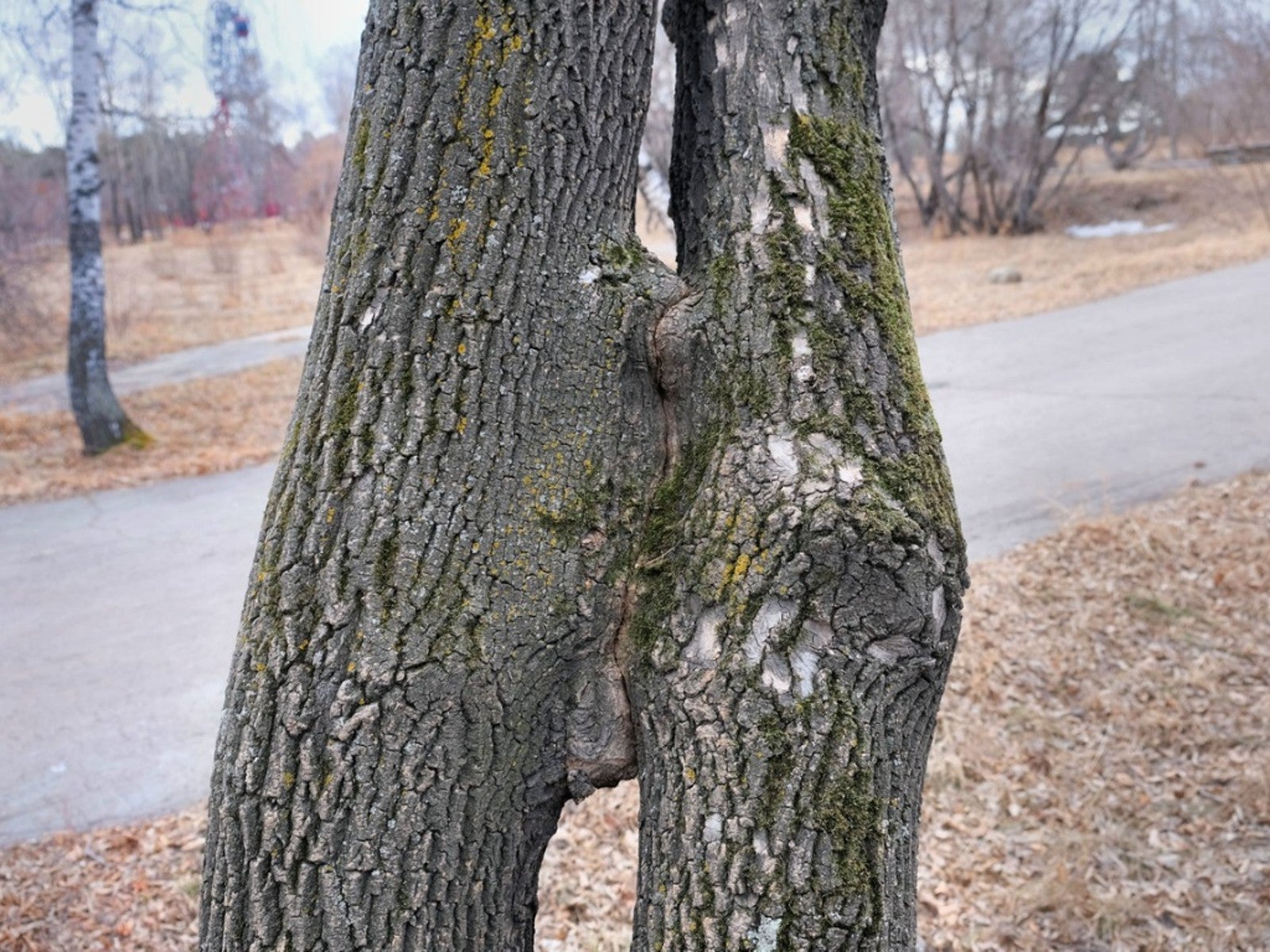 Inosculation And Trees Growing Together
Inosculation And Trees Growing TogetherIf you ever see two trees that have bonded and grown together, read here to learn why and how it happens.
By Teo Spengler